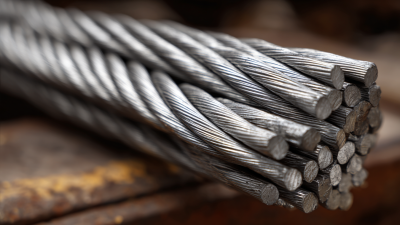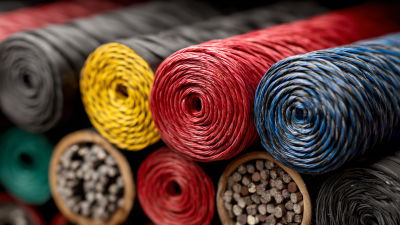
-
Home
-
Products
-
PVC Cable Material
-
Low Smoke Zero Halogen Cable Material
-
Cable material
-
Optical fiber cable
-
-
About Us
-
VR
-
News
-
Blog
-
Contact Us
Leave Your Message

In the construction industry, the selection of materials is crucial for ensuring structural integrity and longevity. Among these materials,
"Galvanized Steel Wire Strand" stands out due to its combination of
strength, durability, and corrosion resistance. According to industry reports,
the global galvanized steel market is projected to reach $155 billion by 2025, driven in part by the increasing demand for
high-quality wire strands in construction applications.
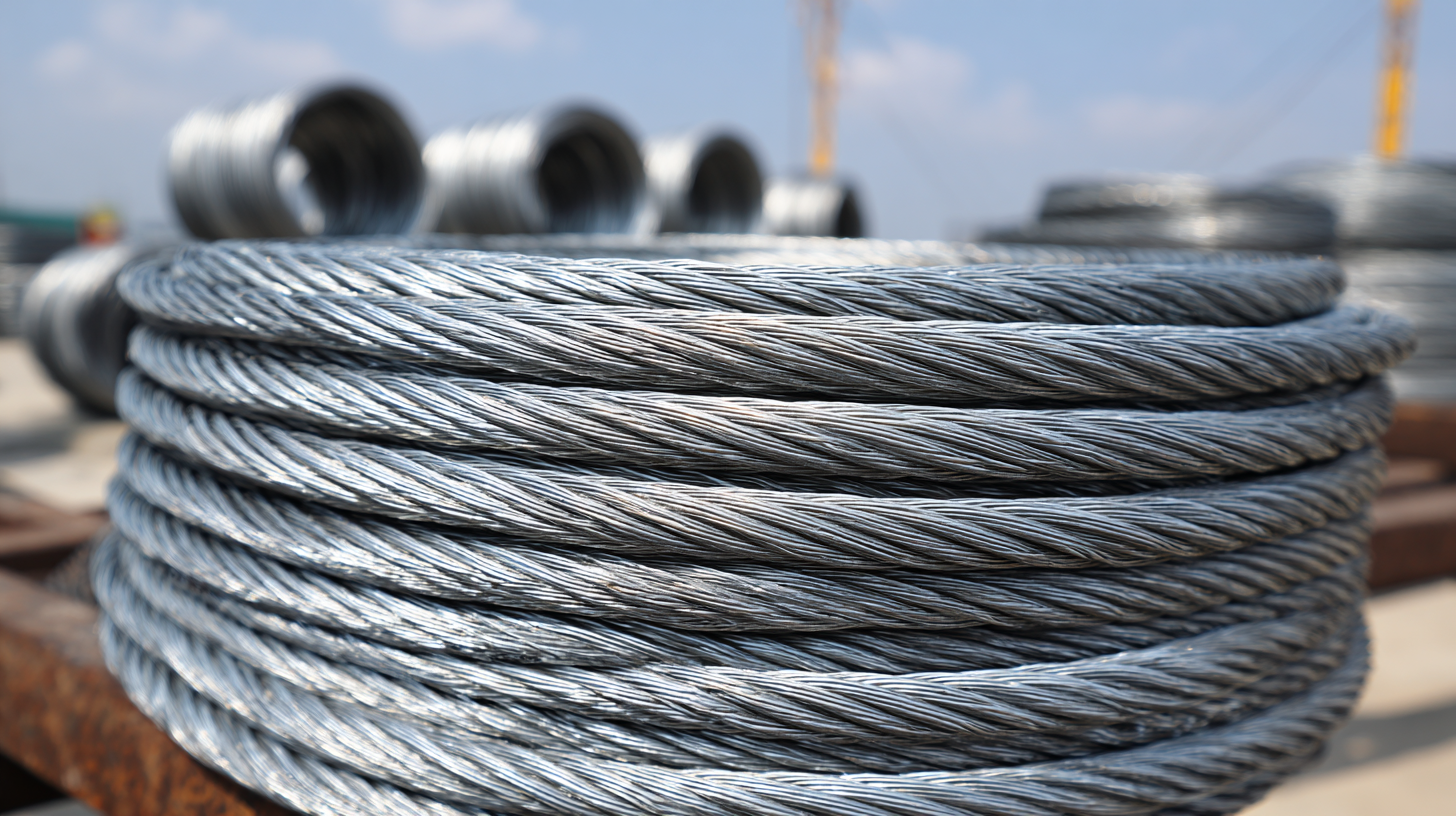 The protective zinc coating on galvanized steel wire strands not only extends their lifespan but also enhances their performance under
harsh environmental conditions. With the rising standards in construction safety and
material quality, choosing the right galvanized steel wire strand has become an essential consideration for
engineers and contractors alike. Understanding the various factors that influence this choice can significantly impact
the success of construction projects.
The protective zinc coating on galvanized steel wire strands not only extends their lifespan but also enhances their performance under
harsh environmental conditions. With the rising standards in construction safety and
material quality, choosing the right galvanized steel wire strand has become an essential consideration for
engineers and contractors alike. Understanding the various factors that influence this choice can significantly impact
the success of construction projects.
Galvanized steel wire strands are essential components in various construction projects, offering durability and resistance to corrosion. Understanding the different types available can significantly impact the success of your project. The most common types are the hot-dip galvanized strands and the electro-galvanized strands. Hot-dip galvanized strands undergo a process where they are submerged in molten zinc, providing a thick, protective coating that withstands harsh environmental conditions. This type is ideal for applications requiring long-term exposure to the elements, such as bridges and outdoor structures.
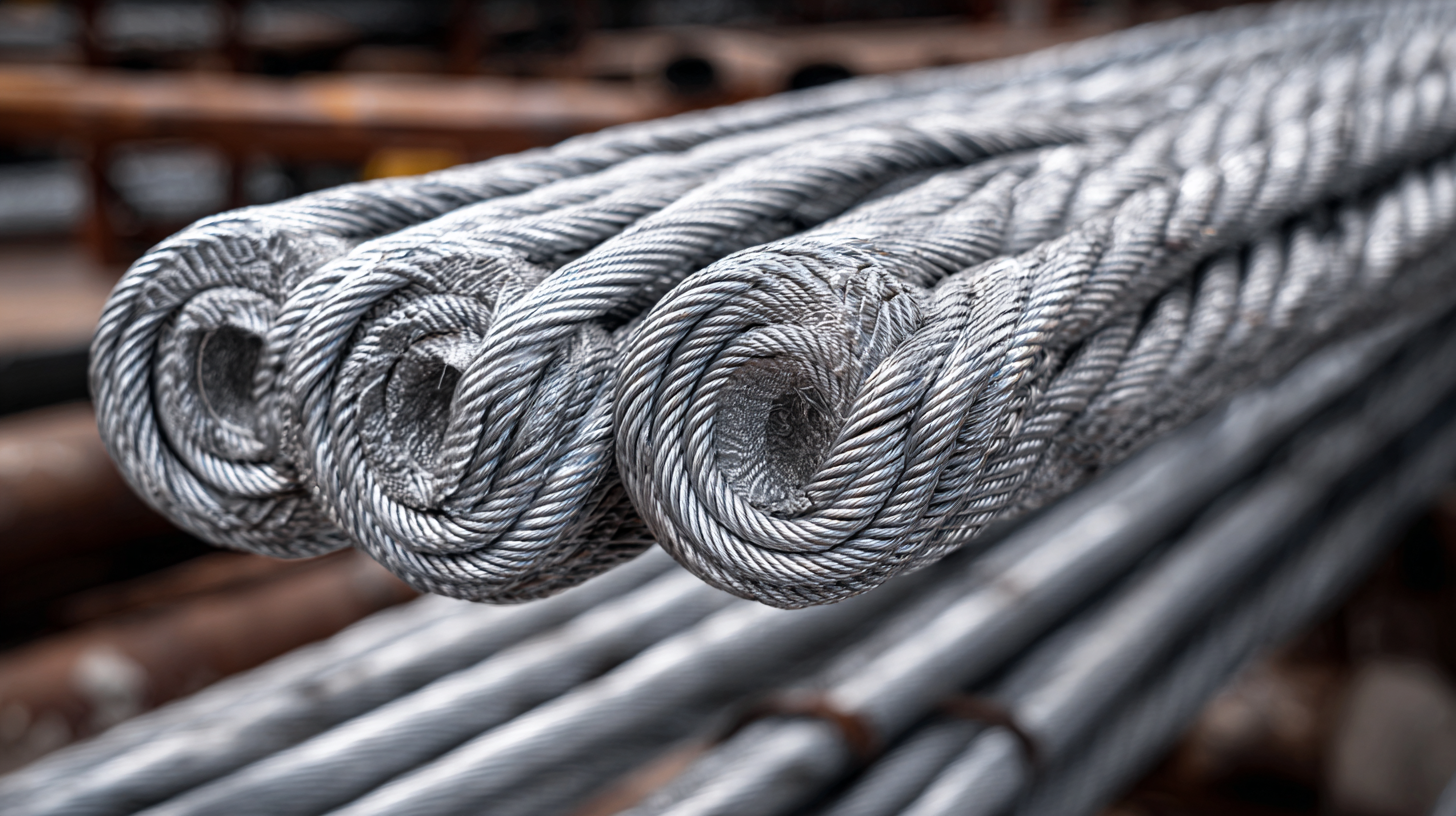
On the other hand, electro-galvanized strands receive a thin layer of zinc through an electroplating process. While they are less resistant to corrosion compared to hot-dip galvanized strands, they are often more cost-effective and suitable for indoor applications or situations where exposure to moisture is limited. Additionally, strand diameters and the number of wires in a strand can also affect performance and flexibility, making it crucial to assess your project’s specific needs before making a decision. By understanding these fundamental distinctions, you can choose the right type of galvanized steel wire strand that meets both performance and budget criteria.
When selecting galvanized steel wire strand for construction projects, several key factors must be considered to ensure optimal performance and longevity. One of the primary considerations is the wire gauge, which affects the strand's strength and flexibility. Thicker wires generally provide better load-bearing capacity but may be less flexible, while thinner wires can adapt to different shapes but may not support heavier loads. Therefore, understanding the specific demands of your project is crucial in choosing the appropriate gauge.
Another important factor is the coating of the galvanized steel wire. The level of galvanization, often measured in ounces per square foot, significantly influences corrosion resistance. Higher galvanization levels generally offer better protection against environmental elements, making them ideal for outdoor projects or locations with high humidity. Additionally, it's essential to evaluate the mechanical properties of the wire strand, such as tensile strength and elongation, to ensure it meets the structural requirements of your application. By carefully weighing these factors, you can select the right galvanized steel wire strand that aligns with your project's needs and enhances its durability.
This bar chart illustrates the key properties to consider when selecting galvanized steel wire strand for construction projects, including diameter, tensile strength, corrosion resistance, flexibility, and weight.
When evaluating the strength and durability of galvanized steel wire strand for construction projects, it is essential to consider several key factors. Firstly, the wire strand's tensile strength, which is the maximum amount of tensile (pulling) stress it can withstand before breaking, is critical. Higher tensile strength is typically achieved through the use of high-carbon steel and provides the necessary robustness for demanding applications such as bridges, buildings, and tension cables.
Additionally, the durability of galvanized steel wire strand is greatly influenced by the quality of the galvanization process. A thicker layer of zinc coating will offer enhanced corrosion resistance, making the wire strand more suitable for outdoor environments or areas exposed to moisture. It is vital to evaluate the environmental conditions of the project site, as prolonged exposure to harsh elements can compromise the wire's integrity. Ultimately, a careful assessment of both tensile strength and galvanization quality will ensure that the selected wire strand meets the specific requirements of your construction project, promoting safety and longevity.
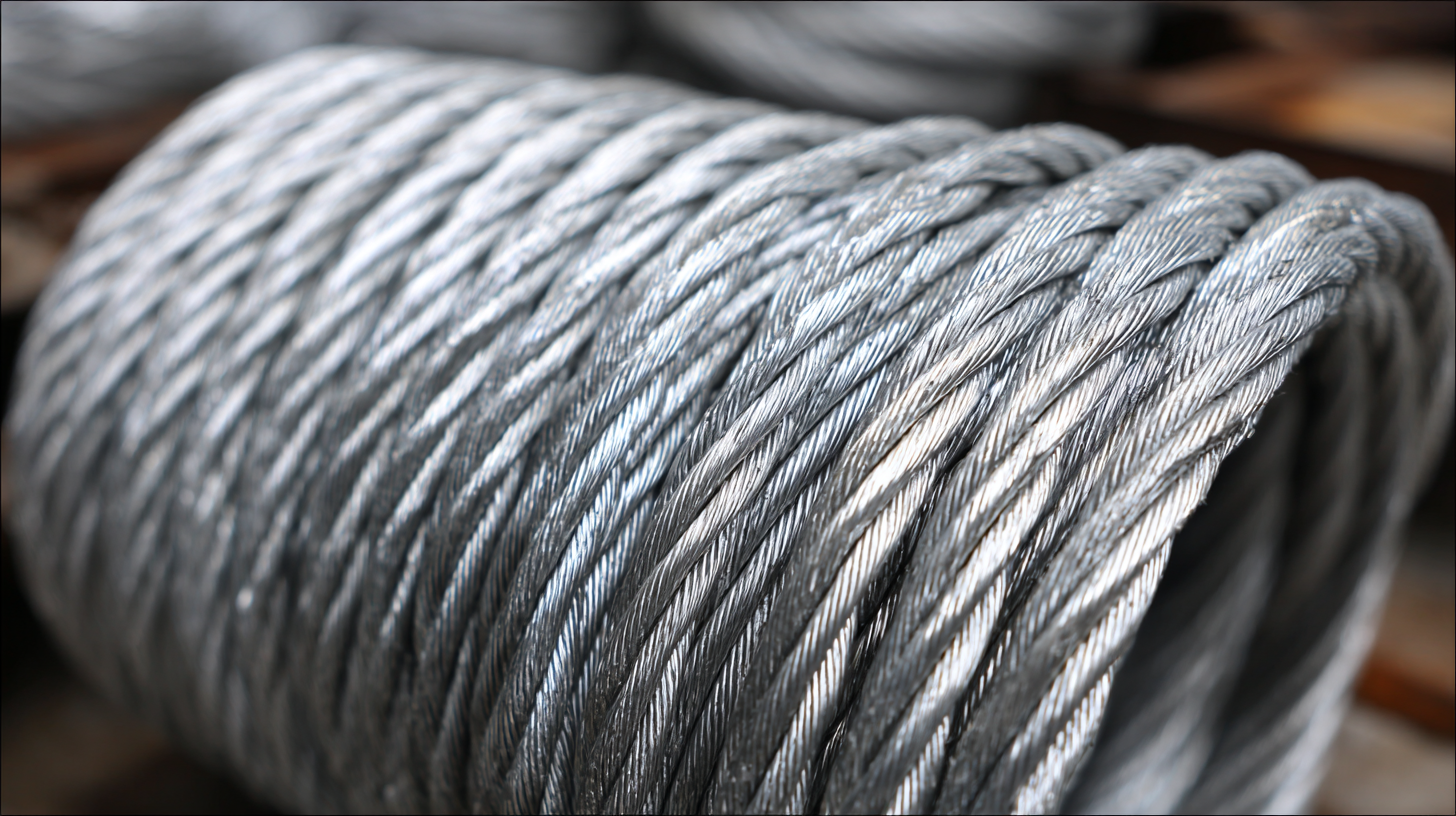
Galvanized steel wire strand is a versatile material widely used in various construction applications due to its strength, durability, and resistance to corrosion. One common use of galvanized steel wire strand is in the manufacturing of suspending cables for bridges. These cables provide essential support, ensuring structural integrity under heavy loads and adverse weather conditions. Moreover, the corrosion-resistant properties of galvanized steel make these cables ideal for outdoor exposure, extending their lifespan significantly.
Another significant application of galvanized steel wire strand is in the production of wire mesh and concrete reinforcements. Both are vital for enhancing the strength and stability of concrete structures, preventing cracking and ensuring longevity. Wire mesh formed from galvanized strands is commonly used in flooring, walls, and other constructions where added strength is necessary. Additionally, these strands find their way into fencing solutions, providing durable barriers for various construction sites and agricultural applications, thus improving security and safety. The adaptability of galvanized steel wire strands in these varied applications illustrates their importance in modern construction projects.
When selecting galvanized steel wire strands for construction projects, it's crucial to compare both cost and performance to determine the best fit for your specific needs. The cost of galvanized steel wire strands can vary significantly based on manufacturing processes, thickness, and the quality of galvanization. Generally, higher-grade strands that offer better corrosion resistance may come at a premium, but they can result in lower maintenance costs and enhanced longevity, making them a worthwhile investment.
Performance is equally important, as it encompasses tensile strength, flexibility, and resistance to environmental factors. Some galvanized wire strands may excel in high-tension applications, whereas others may be better suited for less demanding uses. Evaluating the intended application of the wire, such as whether it will be exposed to harsh conditions or require heavy load-bearing capabilities, will help in making an informed choice. By balancing cost with the performance attributes needed for your construction project, you can ensure a successful outcome while adhering to your budget constraints.
